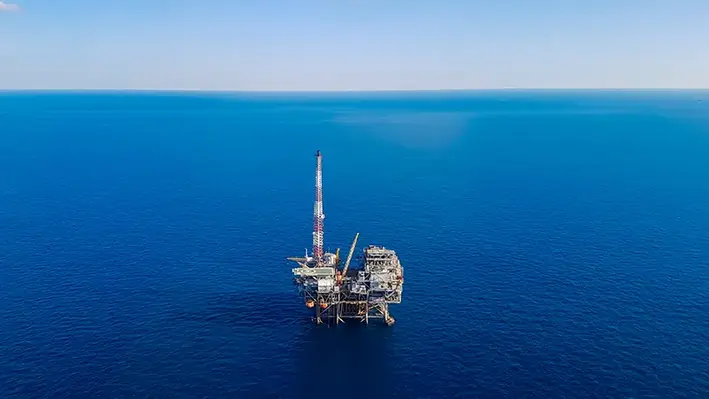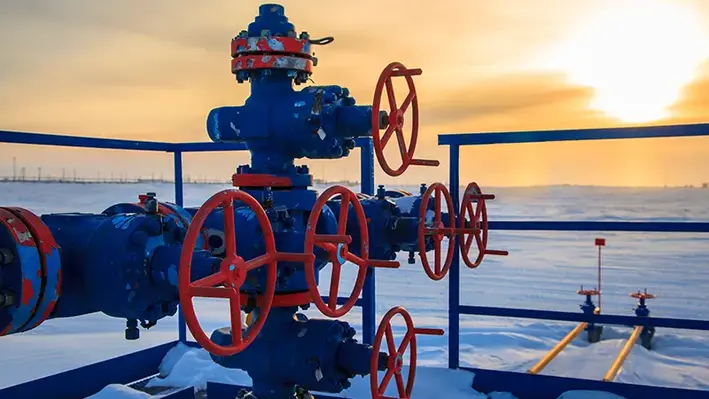
Vietnam’s oil and gas sector is at a crossroads in 2025, with new discoveries, ageing fields, and geopolitical tensions contrubuting to its 2025 outlook.
The country's state-owned National Energy and Industry Group (formerly known as PetroVietnam) is driving upstream activities. This means that interventions like workovers, stimulation, and coiled tubing are becoming critical to sustaining production.
Key 2025 developments point toward a growth potential for this market.
In January 2025, Murphy Oil Corporation announced a significant oil discovery at the Hai Su Vang-1X well in the Cuu Long Basin, located 40 miles offshore Vietnam.
Drilled to 13,124 ft, the well revealed 370 ft of net oil pay, with appraisal drilling planned.
Such discoveries demand early interventions such as hydraulic fracturing or perforating to optimise reservoir flow, creating new opportunities for service providers.
In the same month, EnQuest reached an agreement to pay US$84mn to acquire Harbour Energy's offshore Vietnam oil and gas production business.
It consists of a 53.125% interest in the Natuna Sea's Chim Sáo and Dua fields, which were both first produced by Premier Oil.
The deal, set to close in Q2 2025, could spell intervention’s role in mature fields.
Producing 5,300 boe/d, these fields have “significant upside potential” through water injection optimisation and reperforation, according to EnQuest.
On the other hand, major projects, like the US$740mn Block B gas field led by Mitsui Oil Exploration, could drive intervention demand.
With production expected to begin in 2026, Block B, located about 330 km southwest of the country, may require coiled tubing cleanouts or scale removal during commissioning.
Vietnam’s 2022 Petroleum Law and CPTPP framework further attract foreign investment, with PetroVietnam’s US$1bn 2024-2025 plan supporting upstream activities. The law includes revised tax incentives, such as a corporate income tax rate of 32%, where previously it was 50%. And, a crude oil export tax rate of 10% (where previously it ranged between 6 and 25%).
Challenges ahead
Vietnam’s ageing fields, like the Bach Ho field in the Cuu Long Basin, operated by Vietsovpetro since the 1980s, face declining output.
National oil production is projected at 177.76 thousand barrels per day in 2025, according to Mordor Intelligence.
Worldwide, according to Rystad Energy, operators are turning to cost-effective interventions like workovers, artificial lift, or chemical treatments rather than costly new drilling.
A country like Vietnam, which ranks 37 in oil production globally, could certainly follow this trend.
This shift is amplified by oil prices falling this May due to OPEC+ production hikes, making interventions a budget-friendly way to sustain output.
Advanced technologies, such as digitalised wireline and riserless systems, can enhance intervention efficiency, thereby drawing global contractors to Vietnam’s basins.
By leveraging cost-effective technologies and partnerships, service providers can capitalise on demand from mature fields and new wells.




